By Lauren Danson + Mariah Bourne

In the world of Japanese green tea, understanding cultivars vastly expands your capacity to appreciate the art of tea growing. A tea cultivar is a cultivated variety of tea. Sounds simple right? But what exactly is a cultivated variety? You may not realize it, but you interact with cultivars anytime you eat a variety of foods – from apples to coffee! In Japan, with the exception of the wild Zairai cultivar, tea plants are bred to preserve favorable characteristics like distinct taste profiles and the ability to withstand certain climates and terrains.
Our article will take a deep dive into tea cultivars, helping you understand why they are important and how you can explore different styles of tea, all from the same cultivar.
Cultivar Meaning
When farmers deliberately breed plants to have specific desirable traits, they’re called cultivars. The word cultivar is literally an abbreviation of cultivated variety. Cultivars are all one species with somewhat different traits.

Think of apples, for example. Tons of apple varieties like Golden Delicious, Granny Smith, and Honeycrisp exist. They all have specific tastes, textures, growing seasons, and appearances — but they're still all apples.
The same is true for Japanese green tea. For decades, tea growers have found ways to cultivate green tea plants to yield the best results and perform accordingly based on the region, climate, and desired taste profiles.
What is a Tea Cultivar?
There are thousands of tea cultivars worldwide, with hundreds grown in Japan. All tea cultivars stem from the green tea plant species Camellia sinensis. Tea farmers have carefully bred (or sometimes accidentally discovered) thousands of types of cultivars with just two natural varieties of Camellia sinensis. When a tea plant produces desirable characteristics, efficiently reproducing that same plant assures a stable and reliable harvest every year.
Tea cultivars are crafted for performance in specific weather conditions as well as flavor profiles and aromas. Instead of using the seeds, a tea cultivar is propagated with cuttings, creating a clone of each plant. This method preserves the DNA of each plant, preventing deviation from the desirable traits of the cultivar.
The usefulness of a tea cultivar is determined through an official identification process. In this selection assessment, cultivars are analyzed for distinct characteristics such as astringency, umami, bitterness, liquor color, leaf luster, and appearance. Many notable tea cultivars aren’t officially registered but are still cherished for their desirable qualities.
History of the Tea Cultivar: Yabukita
Yabukita is one of the oldest and most common registered cultivars in Japan. Developed in 1908 by Sugiyama Hikosaburo in Shizuoka, Yabukita is extremely reliable, providing a classic and balanced spectrum of taste across aroma, sweetness, umami, and astringency. Sugiyama Hikosaburo was determined to perfect the tea reproduction process and experimented with how to grow the tea plant to achieve the ultimate desired qualities.
In his experiment, he seeded a bamboo forest, and of the two plants that survived, Yabukita was born. Hikosaburo realized that planting seeds couldn’t maintain the same characteristics as propagating cuttings and branches. It wasn’t until 1954 that Yabukita was registered as an official cultivar.

Today, Yabukita makes up over 75% of Japanese tea fields. Several qualities make it a benchmark to evaluate other Japanese tea cultivars. Yabukita’s pleasant, well-balanced flavor, elegant aroma, and output reliability make it a highly desirable cultivar. The cultivar is easy to manage, grows in different climates, is pest resistant, and is frost resistant making it a suitable variety to reproduce yearly.
Why are Tea Cultivars so Important?
The benefits of using tea cultivars were present from the start, but they became a saving grace in Japan after a tea shortage was caused by increased tea consumption and a lack of farmers in 1970. Farmers had to utilize the best way to produce high-yielding plants with desirable characteristics. With tea cultivars, farmers could get the results they needed.
Characteristics like leaf shape, size, and chemical composition determine the growing conditions each plant can withstand, how the leaves will be processed, and how the tea will taste. An important factor in selecting tea cultivars is the growing region. Each region varies by terrain, soil, and climate. Cultivating a plant based on growing conditions is beneficial to produce the hardiest and most resilient plants. For example, some cultivars are particularly resistant to frost or thrive at different elevations.
Different tea cultivars can determine harvest times and whether a plant buds in the early or late spring or even into summer. Depending on desired tea style, farmers also select cultivars based on their speed of flushing and leaf abundance or scarcity.
Tea cultivars are also responsible for the distinct tastes and aromas known to specific styles of tea. Producers can further draw out these flavors with specific techniques. Some cultivars are more important in crafting some styles of tea than others. Each tea cultivar is categorized, and certain cultivars are recommended for their usefulness in tea varieties such as tencha/matcha, gyokuro, sencha, and kamairicha.

For example, in recent years the cultivar Saemidori has been quite popular among producers who enter their teas into competitions. Another cultivar, Samidori (not to be confused with Saemidori!), is often compared to Chardonnay in the wine world, as it’s versatile for producers to use when achieving certain flavor profiles.
Other Popular Japanese Green Tea Cultivars
Besides Yabukita, there are hundreds of other tea cultivars in Japan. Some common ones include:
- Okumidori: Officially registered in 1974, Okumidori is a Yabukita hybrid that gained popularity in 1999. It was used for labor management and distribution improvements by extending harvesting periods. Okumidori is very high quality, producing a distinct level of taste, color, and aroma. It also grows very quickly and yields high amounts of tea. Mizuba’s Sencha Okumidori is floral and refreshing!
- Saemidori: Saemidori is a newer Japanese green tea cultivar that promotes high-quality flavors and notes with low bitterness and astringency. It's harvested in the early spring and grows best in warmer areas. With medium to high yields, it has gained popularity in Japan since its official registration in 1990. We love how rich Mizuba's Sencha Saemidori is.
- Koshun: Koshun is highly rated among many Japanese people for its refreshing scent, strong taste, and umami flavor. Because of its resistance to the cold, it’s easily grown, producing large, uniform buds. We adore our very rare Koshun Oolong.
Three Tea Styles From One Cultivar
Various tea styles can be created with the same cultivar depending on how the leaves are processed after harvesting. Exploring different tea styles made from the same single cultivar gives you a unique, deep dive into specialty tea.
Our soon-to-be-released, exclusive tea set will include an oolong, a sencha, and matcha tea — all made from the same single cultivar. Until then, you can explore our other single-cultivar tea styles and widen your appreciation for the special notes and flavors each brings.
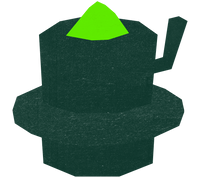

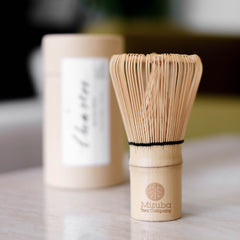
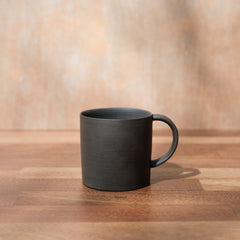
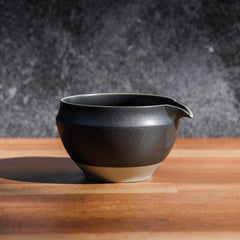
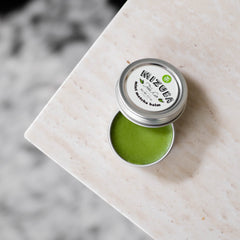
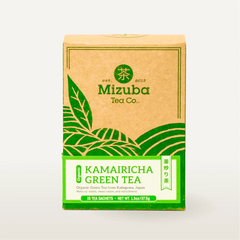
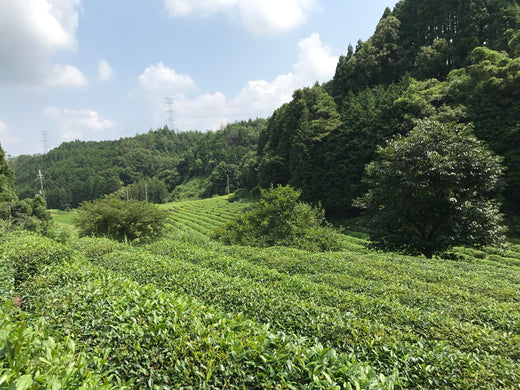
Leave a comment